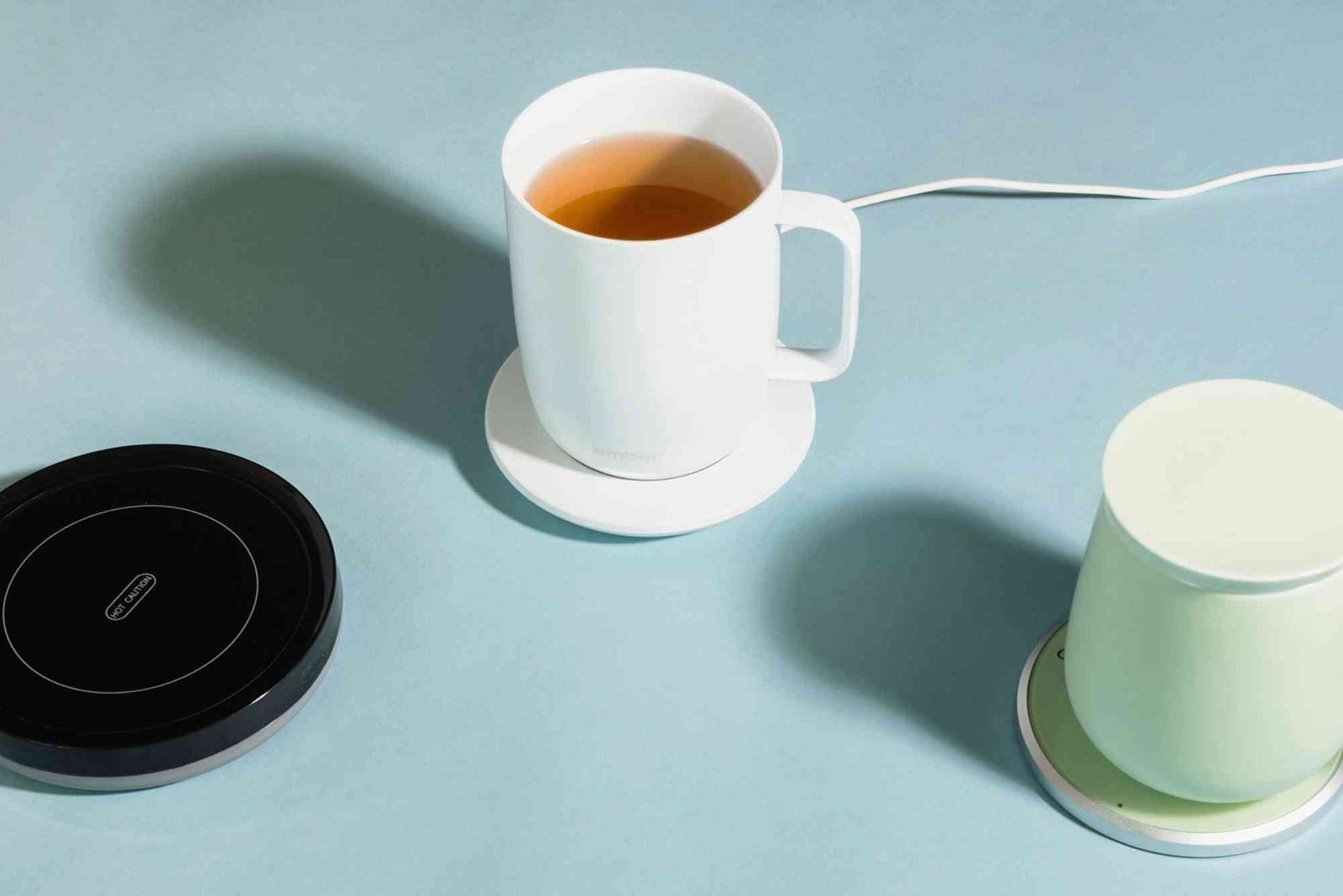Introduction
Digital photo printing has become an essential way to preserve memories and share moments with family and friends. While taking digital photos is simple, ensuring those images translate beautifully onto paper requires knowledge, care, and practical techniques. From choosing the right paper to adjusting resolution, understanding the nuances of digital photo printing can significantly improve the final outcome of your printed images. Whether you’re printing for a personal photo album, gifting prints, or creating professional portfolios, these tips can help you achieve stunning results.
Understanding Digital Photo Printing
Digital photo printing is the process of transferring digital images from your computer, camera, or smartphone onto physical media like photo paper, canvas, or even metal sheets. Unlike traditional film photography, digital prints allow for instant viewing, editing, and customization before printing. This flexibility opens the door to creative possibilities but also requires attention to detail to avoid common mistakes.
The Importance of Resolution
One of the most crucial aspects of digital photo printing is resolution. Images with low resolution can appear pixelated or blurry when printed. The standard guideline for high-quality prints is a resolution of 300 DPI (dots per inch). Higher resolution ensures that the details in your photo remain sharp, even when printed in larger formats. Always check your image’s resolution before printing, especially if you plan to enlarge photos for framing or displays.
Choosing the Right Paper
The type of paper you select dramatically influences the look and feel of your prints. Glossy papers enhance vibrant colors and sharp details, making them ideal for portraits and colorful landscapes. Matte papers provide a subtle, elegant finish with minimal glare, perfect for artistic photos or black-and-white images. Specialty papers, such as metallic or textured sheets, offer unique effects that can elevate your prints. Experimenting with paper types can help you determine which works best for your style and purpose.
Color Management
Color accuracy is often a challenge in digital photo printing. Colors on your screen may not always match the printed results. Calibrating your monitor ensures that the colors you see during editing are consistent with the output. Additionally, using ICC color profiles provided by the printer or paper manufacturer can help maintain true-to-life colors. Paying attention to color balance, saturation, and contrast before printing prevents disappointment and ensures professional-looking results.
Preparing Photos for Print
Before sending images to the printer, it’s essential to optimize them for the best possible outcome.
Cropping and Composition
Cropping can dramatically improve a photo’s composition and focus. Pay attention to framing, ensuring that the main subject is prominently featured. Avoid cutting off important elements or leaving excess blank space unless intentionally creating a minimalist design. Proper cropping aligns with both aesthetic preferences and the dimensions of the print medium.
Sharpening and Editing
Editing tools allow you to adjust sharpness, brightness, and contrast. Subtle sharpening enhances details, but overdoing it can create unnatural effects. Similarly, adjusting exposure and color settings ensures that prints retain the vibrancy seen on digital screens. Tools like Adobe Lightroom, Photoshop, or free alternatives provide precise control over these adjustments.
File Format Considerations
The file format you choose impacts both quality and compatibility. TIFF and PNG formats are lossless, preserving the original quality of your images. JPEG files are commonly used due to smaller file sizes, but repeated compression can degrade quality. For professional or archival printing, using high-quality, uncompressed formats is recommended.
Printing Techniques and Equipment
The printer and technology used significantly affect print quality. Understanding available options can help you make informed decisions.
Inkjet vs. Laser Printers
Inkjet printers are the preferred choice for photo printing due to their ability to reproduce fine details and vibrant colors. They use tiny droplets of ink to create high-resolution images. Laser printers, while fast and efficient for text documents, often struggle with color depth and gradient transitions, making them less ideal for photo printing.
Professional Printing Services
For large prints or special projects, professional printing services offer expertise and high-end equipment. Services often provide color calibration, archival-quality paper, and finishing options like lamination or mounting. While home printing offers convenience, professional services ensure consistent and gallery-quality results.
Maintenance and Calibration
Regular printer maintenance prevents issues such as streaks, smudges, or color inconsistencies. Cleaning print heads, replacing cartridges, and running calibration routines are essential for maintaining print quality. Investing in well-maintained equipment pays off in the longevity and vibrancy of your photos.
Storing and Preserving Prints
Proper storage ensures your printed photos remain vibrant and intact for years. Avoid exposure to direct sunlight, heat, or humidity, which can cause fading and warping. Acid-free albums and archival-quality storage boxes protect against discoloration and physical damage. Framing prints under UV-protective glass further prolongs their lifespan, keeping memories safe for future generations.
Display Considerations
When displaying prints, consider lighting and positioning. Indirect natural light or soft LED lighting prevents fading while enhancing the visual appeal of images. Rotating displayed prints periodically reduces long-term exposure to light and maintains color integrity.
Creative Uses of Digital Photo Printing
Beyond traditional photo albums, digital prints can be used in innovative ways to personalize spaces and gifts.
Personalized Gifts
Custom prints make thoughtful gifts for birthdays, anniversaries, or holidays. Personalized calendars, photo books, or canvas prints allow loved ones to relive cherished memories. Digital photo printing makes it easy to tailor gifts to individual tastes.
Home Décor
Framed prints, wall collages, and photo canvases enhance interior design. Coordinating prints with room colors, furniture, and lighting creates a harmonious aesthetic. Digital Photo Printing allows for experimentation with sizes, materials, and finishes to complement any space.
Creative Projects
DIY projects like scrapbooking, custom cards, or mixed-media art benefit from printed photos. Artists can print images on textured surfaces, transfer photos onto fabrics, or incorporate prints into handmade creations. Digital printing opens doors to unlimited creative possibilities.
Troubleshooting Common Issues
Even experienced photographers encounter challenges when printing photos. Understanding common problems helps avoid frustration.
Color Shifts
If colors appear different than expected, recalibrate your monitor and printer. Check that you are using correct color profiles and ensure your software supports them. Minor adjustments in hue and saturation during editing can also correct discrepancies.
Blurriness or Pixelation
Blurry prints often result from low-resolution images or improper resizing. Always verify the DPI before printing, and avoid enlarging small images beyond recommended limits. If necessary, use professional software to enhance details without compromising quality.
Uneven Exposure
Uneven brightness or washed-out areas can stem from overexposure in the original photo or printer misalignment. Adjust exposure settings during editing and run printer maintenance routines to achieve consistent results.
Mastering digital photo printing requires attention to detail, the right equipment, and an understanding of color, resolution, and paper types. By preparing images carefully, choosing suitable materials, and applying thoughtful editing, anyone can create prints that rival professional standards. Printing photos preserves memories, adds a personal touch to décor, and allows for creative expression beyond digital screens. Whether printing for personal enjoyment or professional purposes, these practical tips ensure your photos look their best every time. Start experimenting today to unlock the full potential of your digital images. For more insights on marketing and digital techniques, check our Related Blog article internal link and explore the world of Digital Photo Printing internal link. For additional scientific insights on color perception, printing technology, and materials, Learn more.
FAQs
What is the best paper for digital photo printing?
Glossy paper enhances vibrant colors and details, while matte paper offers an elegant finish with minimal glare. Specialty papers provide creative effects for unique presentations.
How do I ensure my printed colors match the screen?
Calibrate your monitor, use ICC profiles from the printer manufacturer, and adjust color balance during editing to maintain color accuracy.
Can I print professional-quality photos at home?
Yes, using a high-resolution inkjet printer, quality paper, and proper calibration, home prints can achieve near-professional results.
What resolution should my photos be for printing?
A resolution of 300 DPI is ideal for high-quality prints. Higher resolutions may be necessary for very large prints.
How can I preserve printed photos long-term?
Store prints in acid-free albums, avoid direct sunlight, and consider framing under UV-protective glass to prevent fading and damage.




